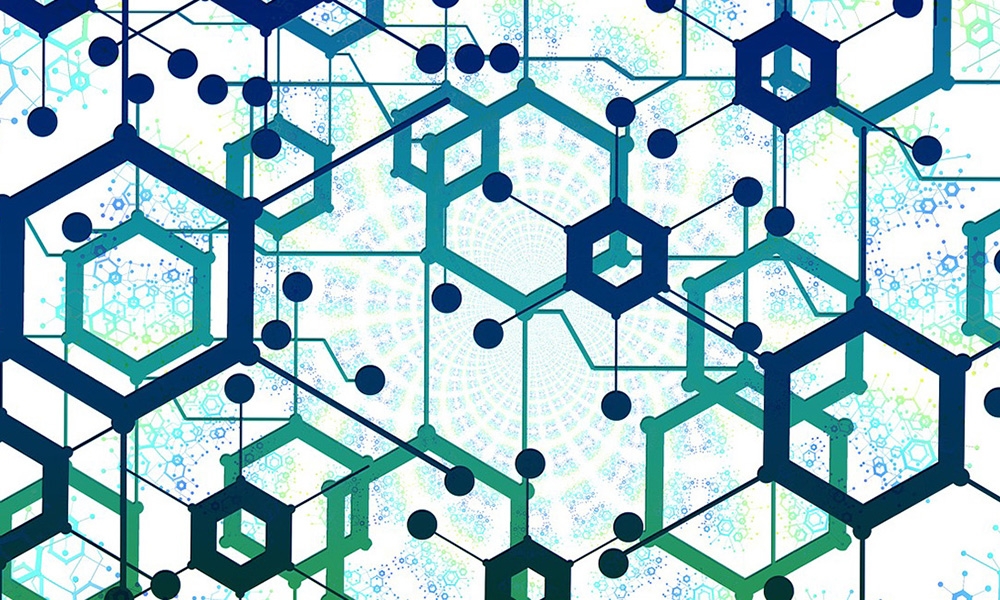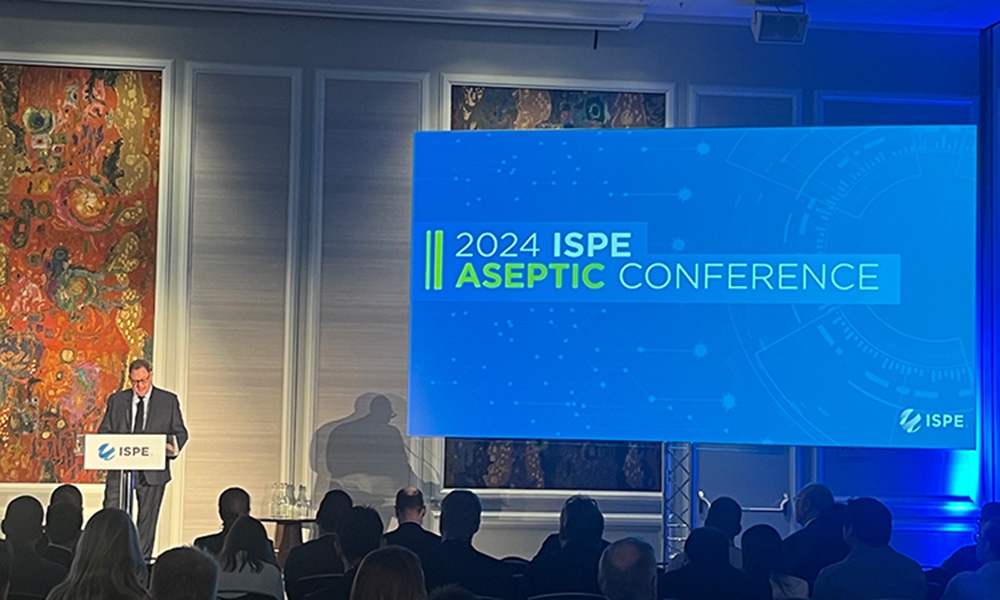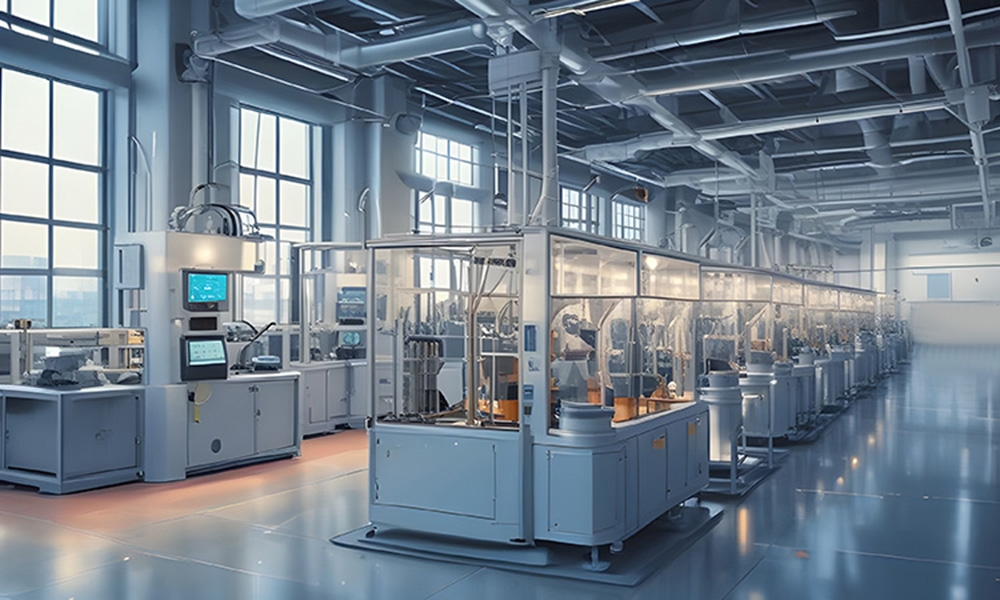Pharmaceutical Industry Embraces Renewable Energy

Industry Embraces Renewable Energy is featured in the January/February 2016 issue of Pharmaceutical Engineering® Magazine. Electricity use for process manufacturing can account for a substantial portion of a factory’s energy budget, not to mention contributing to CO2 emissions. Big Pharma is addressing its energy needs using renewable resources in a number of notable ways.
RE100
Biogen, Novo Nordisk, and Johnson & Johnson are part of RE100, an initiative that requires participating companies to commit to obtaining 100 percent of their electricity from renewable sources by a date each of them sets.1 RE100 defines renewable energy as electricity generated from biomass, geothermal, solar, water, and wind sources, either from on-site installations or off-site generation.2 Nordea Asset Management, mentioned in above, is also a member. Big Pharma is addressing its energy needs using renewable resources in a number of notable ways.
Biogen achieved its goal of procuring all of its electricity from renewable sources in 2014. Novo Nordisk set its RE100 target of 100 percent renewable energy at all its production facilities by 2020, while Johnson & Johnson intends to meet its target by 2050. J&J also claims to have cut CO2 emissions by almost 10 percent in the past five years and has 10 MW of solar systems either built or under construction in Puerto Rico.3
Harvesting the wind
GlaxoSmithKline, Novartis, Janssen, and DePuy Synthes (which makes medical devices for J&J) have collaborated to build a wind farm to supply a substantial portion of the electricity needs at each of their facilities in Cork, Ireland. When it’s complete, there will be a 3 MW wind turbine on each site and three of them were in operation by mid-2014.4 Energy-related CO2 emissions were reduced over one-third while energy savings of 24M kWh accrue each year. Sanofi invested in a 2.1 MW windmill at its API production facility in Ankleshwar, India.5 The turbine provides 30 percent of the plant’s electricity needs, which the company estimates reduces CO2 emissions by 4.5 kilotonnes annually. The savings in energy costs are anticipated to pay for the windmill project within six years.
Solar arrays
Janssen Pharmaceuticals, an affiliate of J&J, has demonstrated a commitment to using renewable energy at its facilities, as part of its commitment to green building standards and to impact its bottom line.6 The Janssen site in Titusville, NJ, received LEED Gold certification in 2004 and was recertified Gold in 2014. Almost 85 percent of the facility’s yearly electricity demand comes from 5.1 megawatt array of sun-tracking solar panels. The building also scored well for water efficiency.7 Ram Pharma in Jordan, built a solar steam system to replace its need for expensive diesel fuel.8 The steam it produces is used in the facility’s steam grid for sterilization, drying, and fermenting. The company that built the system estimated that the system would pay for itself within seven years.9 Join ISPE today to gain full access to Pharmaceutical Engineering® Magazine. It is packed with useful industry relevant articles which provide how-to advice for immediate application, though-provoking hot topics, and technical expertise.
- 1 RE100 http://there100.org/re100
- 2 RE100 – Technical Criteria. http://there100.org/technical-criteria
- 3 RE100 – Johnson & Johnson. http://there100.org/johnson-johnson
- 4SEAI – Cork Lower Harbour Energy Group. http://www.seai.ie/lienreport/company-cork-lower-harbour-energy-group.html
- 5Sanofi – Energy and Carbon Footprint. http://en.sanofi.com/csr/planet/in_action/energy_carbon_footprint/energy_carbon_footprint.aspx
- 6Janssen – Committed to Clean, Renewable Energy. ,a href="http://www.janssen.com/sustainability/renewable-energy">http://www.janssen.com/sustainability/renewable-energy
- 7USGBC – Janssen Titusville Recertification. http://www.usgbc.org/projects/janssen-titusville-recertification
- 8 Solar Thermal World - http://www.solarthermalworld.org/content/jordan-fresnel-collectors-supply-160-degc-steam-pharmaceuticals-producer-ram-pharma
- 9 Haagen, M., et al. "Solar Process Steam for Pharmaceutical Industry in Jordan," Energy Procedia, 2015, 70, pp. 621-625.



